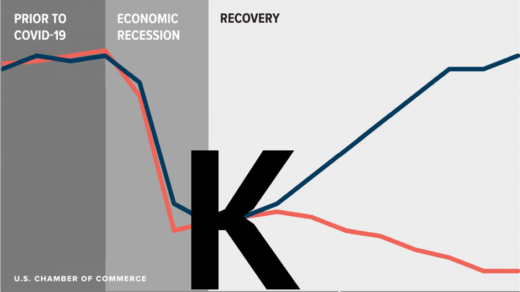
To say that 2020 has been the wildest fundraising ride in history is an understatement. The year started as any normal year would and then, BAM! COVID-19. Fast forward almost 8 months later, and nothing seems quite normal. Many are still working from home. Many are not working at all. And fundraising has been all over the place — from canceled and re-jigged events to a heightened appreciation for donor relations. And with it all, so many mixed messages!
Many charities have said that their fundraising will be down at least 30% in 2020. They have also said the 2021 forecasts aren’t much more positive. But I have personally seen a huge desire on the donors’ parts to help out the charities (if they are able) to an even greater extent. As I mentioned in a previous article, this pandemic has certainly spotlighted the gaps in our social service safety nets.
The Fundraising Effectiveness Project
Earlier in October, the Fundraising Effectiveness Project (FEP) released its Quarterly Fundraising Report covering 1/1/2020 through 6/30/2020 for the USA. It can be downloaded here. This report showed that almost every category was up — from the number of donors to donations to retention. This report proves that people supported charities during this pandemic. Additionally, many organizations saw the addition of large quantities of donors. While the report doesn’t break down the charities into categories, (like healthcare, arts, etc.) I would surmise that the social service charities experienced the largest windfall of this increased benevolence as this pandemic highlighted the cracks in the social safety nets.
The report also showed that the greatest increase in the number of gifts comes from the group that donated under $250. I think that the reason for this is that many of these donations represent new donors who are testing their relationship with the charity they just newly supported. It is up to that charity to effectively steward the gift and the relationship.
The Mixed Messages
But why are charities still saying that their revenues will be down for 2020? I would say that two main revenue streams have taken a hit during this pandemic:
- Events. Of course, live events have been hugely impacted by the restrictions around social gatherings. I am not sure when (or if) hundreds (or even thousands) of people will gather in a room for a gala again. That being said, I have seen some charities do an outstanding job of having virtual events (and even surpassing last year’s live event). Still and all, if the charity heavily relies on events for their financial support, they will likely be having challenges replacing the lost revenue.
- Leadership Gifts. The FEP Study did show that donations were up for those that give $1,000 or more. It’s a shame that there isn’t more data to parse that group as a $1,000 donor and a $100,000 are quite different. I would suggest that many charities have paused their major campaigns for the time being while they regroup, restrategize, and reexamine their needs. The reality is that the stock exchange has been seeing amazing results over the last few months, and those with the largest net worth have also seen their portfolio grow. I also wonder if these leadership gifts were donated in Q1 and Q2 versus the typical Q4 timing. Donors may just be paying what they already planned to donate earlier in the year as charities struggle with cash flow issues.
The Reconciliation of the Outlook
Without getting too technical on folks (with statistical methodology, etc.), the FEP looked at approximately 1.5% of the USA’s charities. There are hundreds of thousands of charities in the USA. I suspect that the arts charities have been harder to fundraise for than most as they are still unable to have large gatherings, which cuts out live performances. Sometimes the squeaky wheel gets the grease, and I think that many charities that were events-driven have had to reexamine their fundraising methodology. There will be no magic one-size-fits-all solution as there are so many different charities, each needing an answer. Unfortunately, there will be many mixed messages as charities try to find what will work effectively for them. What works at Charity A may not work as well at Charity B. This is where a deep understanding of your donor base comes into play.
All of this is to say that we are now entering the busiest time for donations in the charity’s annual life cycle. The last 8 weeks of the year often represent at least one-third of a charity’s revenue. It will be fascinating to see how the next few months shake out.
L’chaim!
jack




